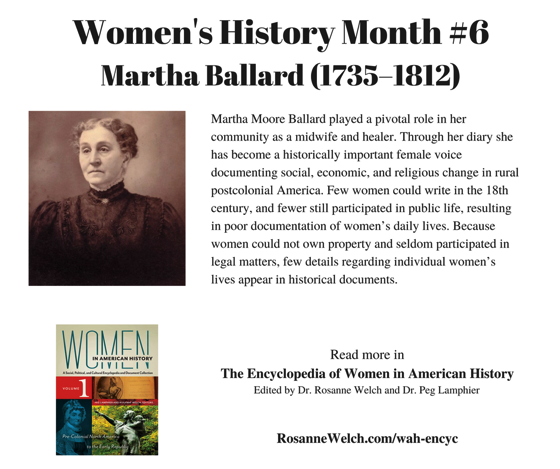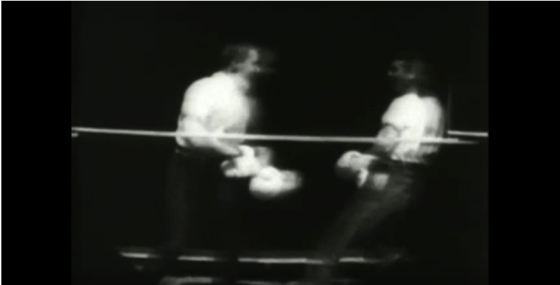I teach several classes for the Stephens College Low-Residency MFA in Screenwriting, including History of Screenwriting. In fact, I created the curriculum for that course from scratch and customized it to this particular MFA in that it covers ‘Screenwriting’ (not directors) and even more specifically, the class has a female-centric focus. As part History of Screenwriting I, the first course in the four-class series, we focus on the early women screenwriters of the silent film era who male historians have, for the most part, quietly forgotten in their books. In this series, I share with you some of the screenwriters and films that should be part of any screenwriters education. I believe that in order to become a great screenwriter, you need to understand the deep history of screenwriting and the amazing people who created the career. — Dr. Rosanne Welch
Luis Martinetti Contortionist (W. K. L. Dickson, USA, 1894)
Luis Martinetti, Contortionist is an 1894 short film produced by the Edison Manufacturing Company. The film, which runs 12.5 seconds, consists of a contortionist act performed by Luis Martinetti of the Martinetti Brothers trapeze act. Martinetti wears tiger-striped tights and performs contortionist poses on a pair of trapeze rings.[1]
The film was shot on October 11, 1894 at the Edison Black Maria studio in West Orange, New Jersey.[2] The film is preserved by the Academy of Motion Picture Arts and Sciences, and was released on the 2000 DVD box set Treasures from American Film Archives, which was compiled by the National Film Preservation Foundation.[3] — Wikipedia
Learn more about Thomas Edison and Early Movies with these books and videos
* A portion of each sale from Amazon.com directly supports our blogs
** Many of these books may be available from your local library. Check it out!




![Adapting Harry Potter from A History of the Art of Adaptation [Video] (0:35)](https://rosannewelch.com/wp-content/uploads/2017/03/adapt-40-harry-potter-1.jpeg)



![More on Adapting The Hobbit from A History of the Art of Adaptation [Video] (0:44)](https://rosannewelch.com/wp-content/uploads/2017/03/adapt-39-more-hobbit.jpeg)

![Adapting Tolkien from A History of the Art of Adaptation [Video] (1:02)](https://rosannewelch.com/wp-content/uploads/2017/02/adapt-38-tolkien.jpeg)

![Some Final Words on Argo from A History of the Art of Adaptation [Video] (0:53)](https://rosannewelch.com/wp-content/uploads/2017/02/adapt-37-argo-final.jpeg)